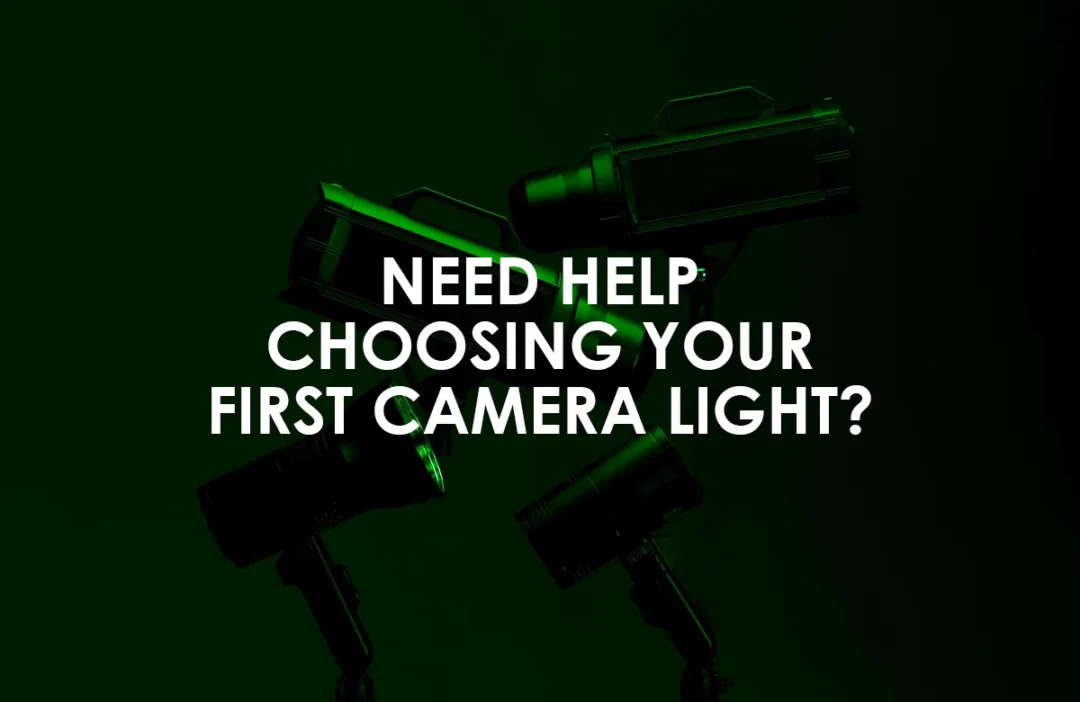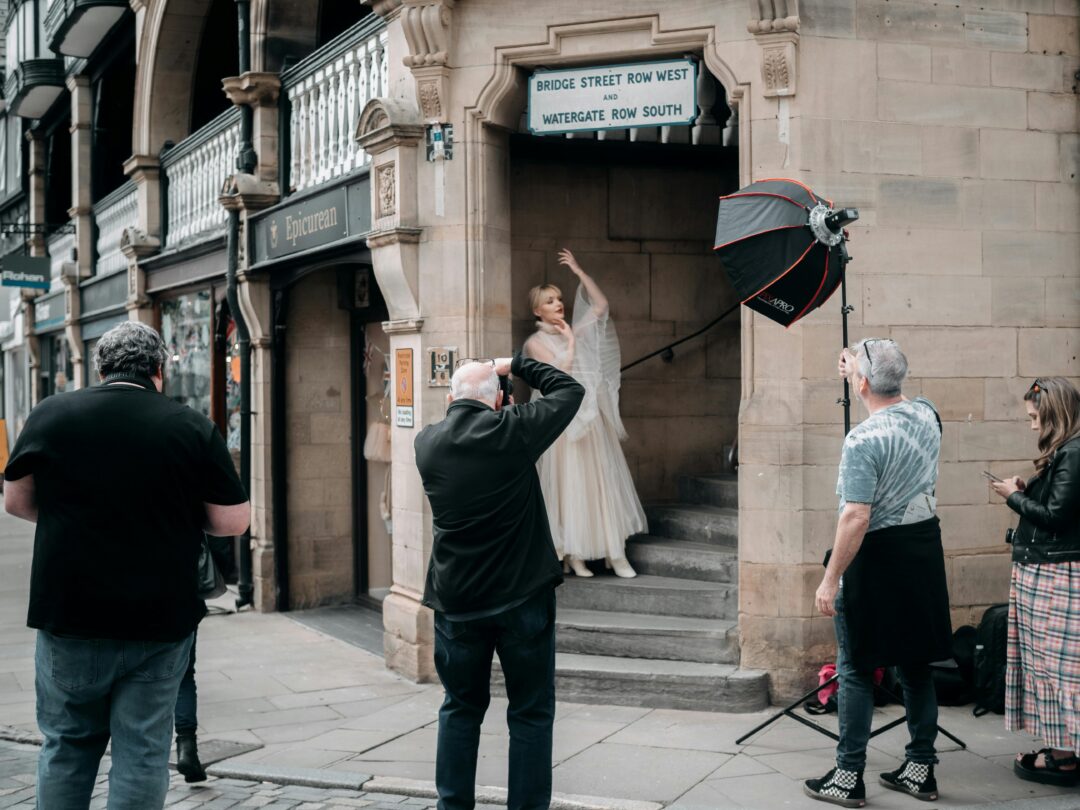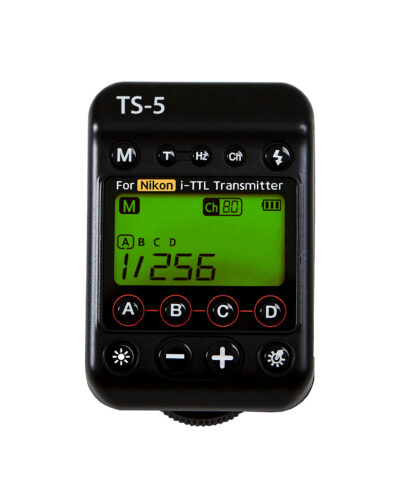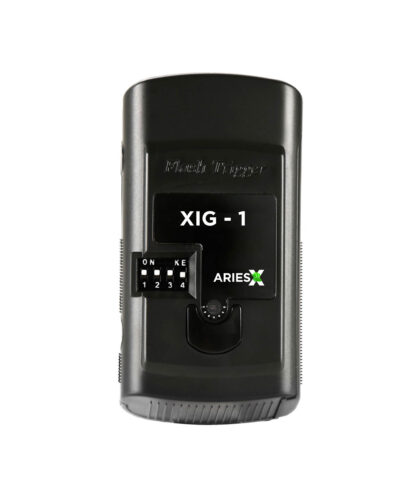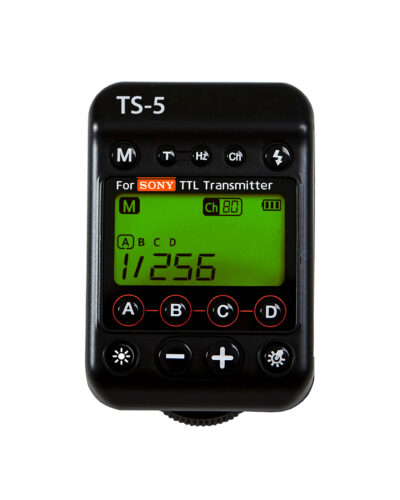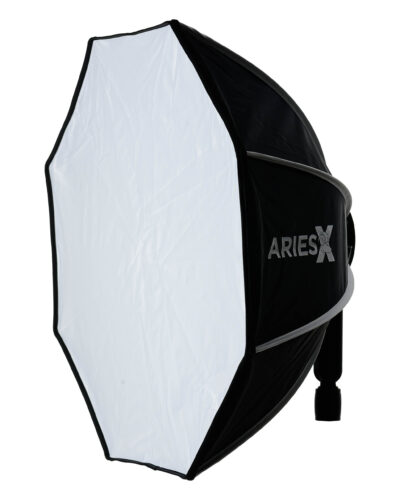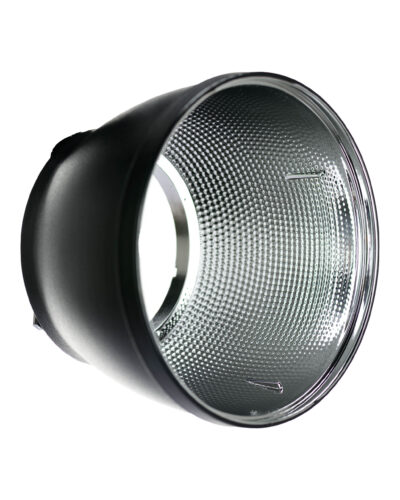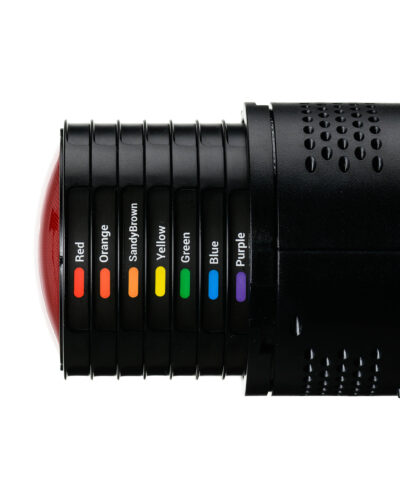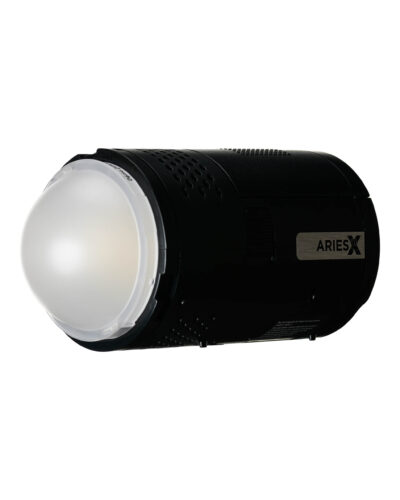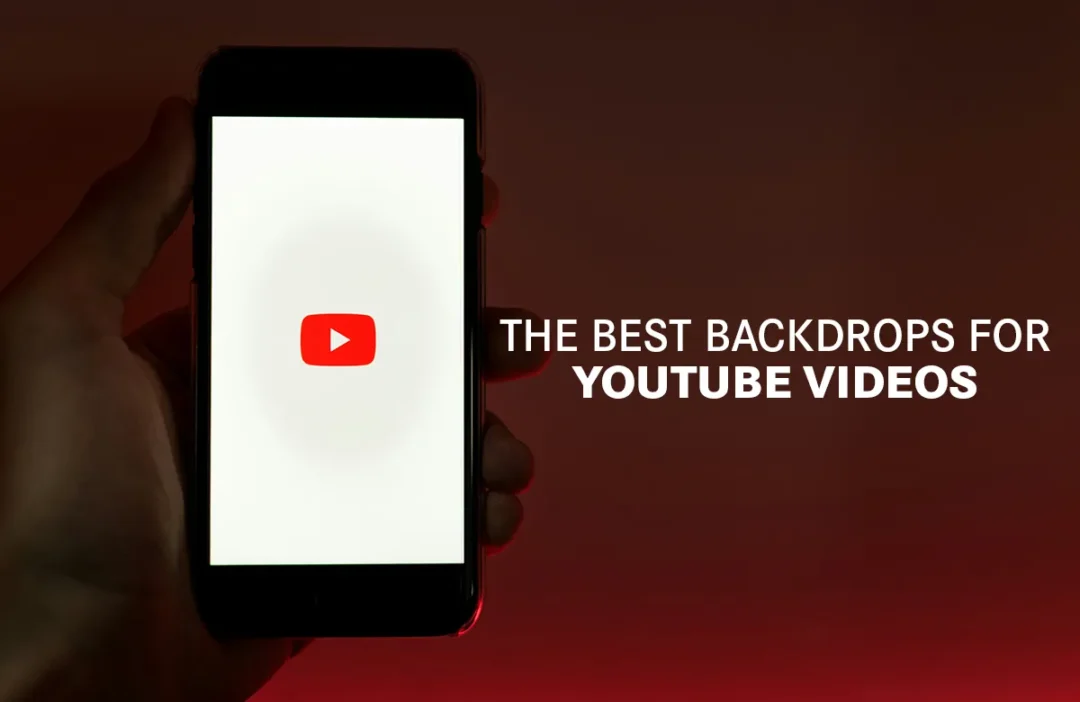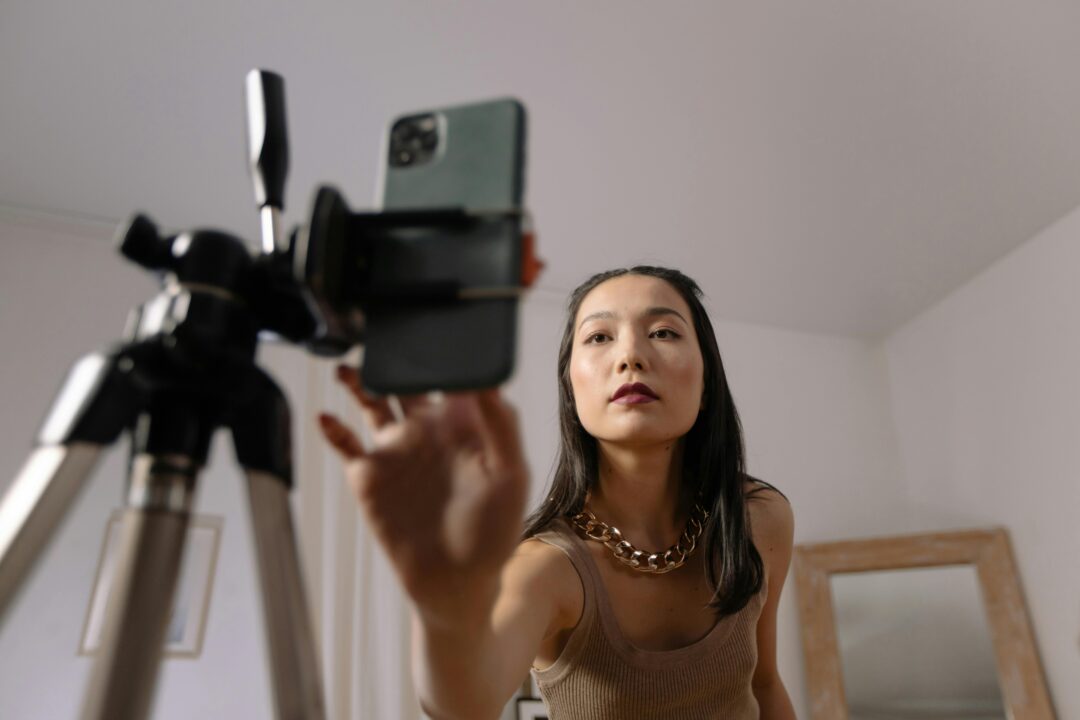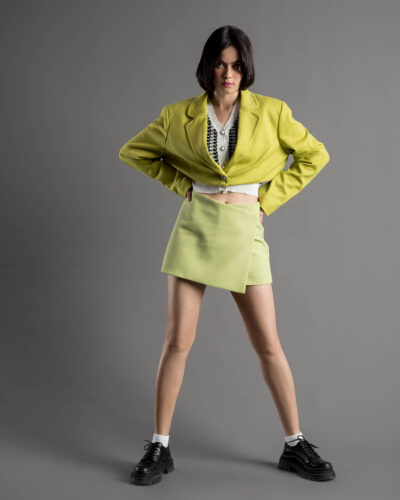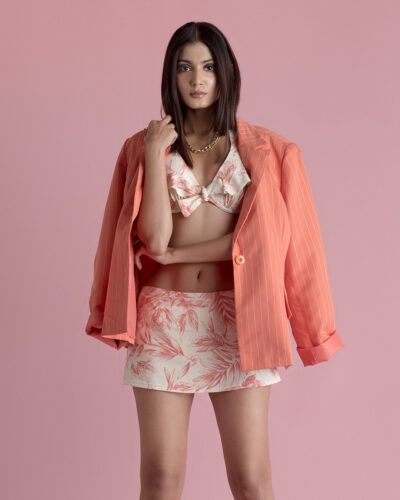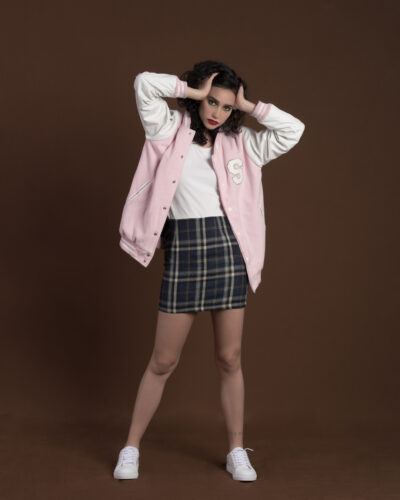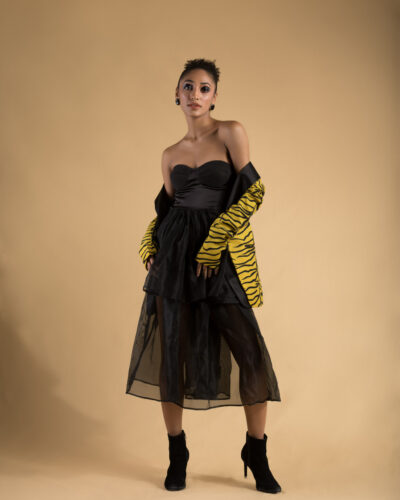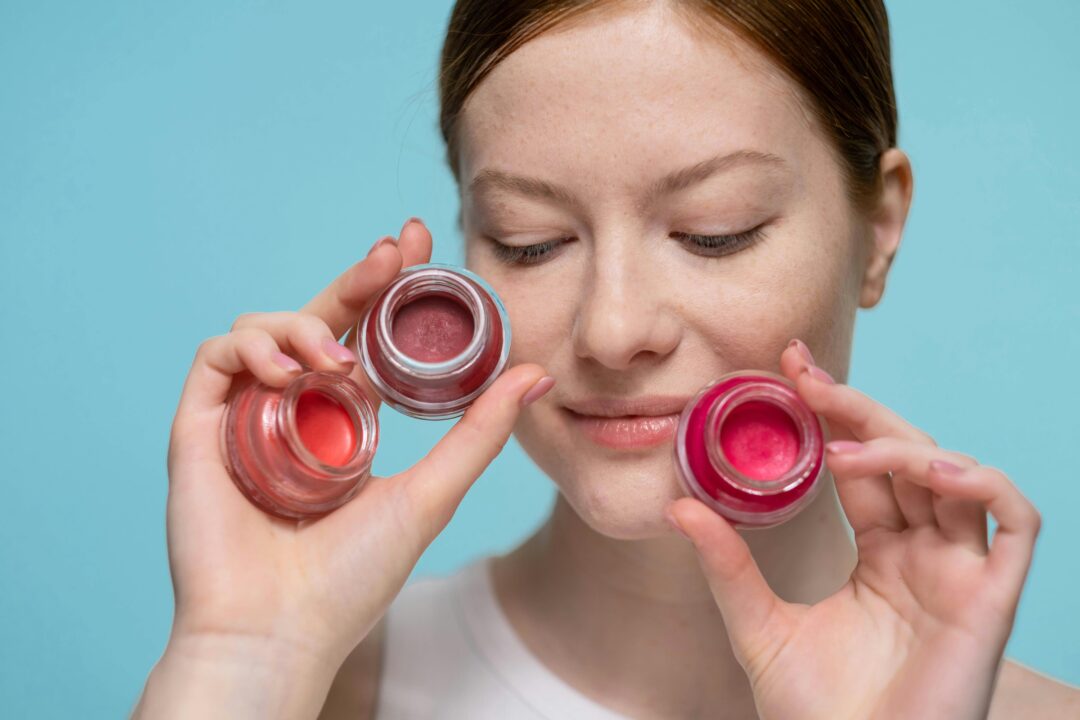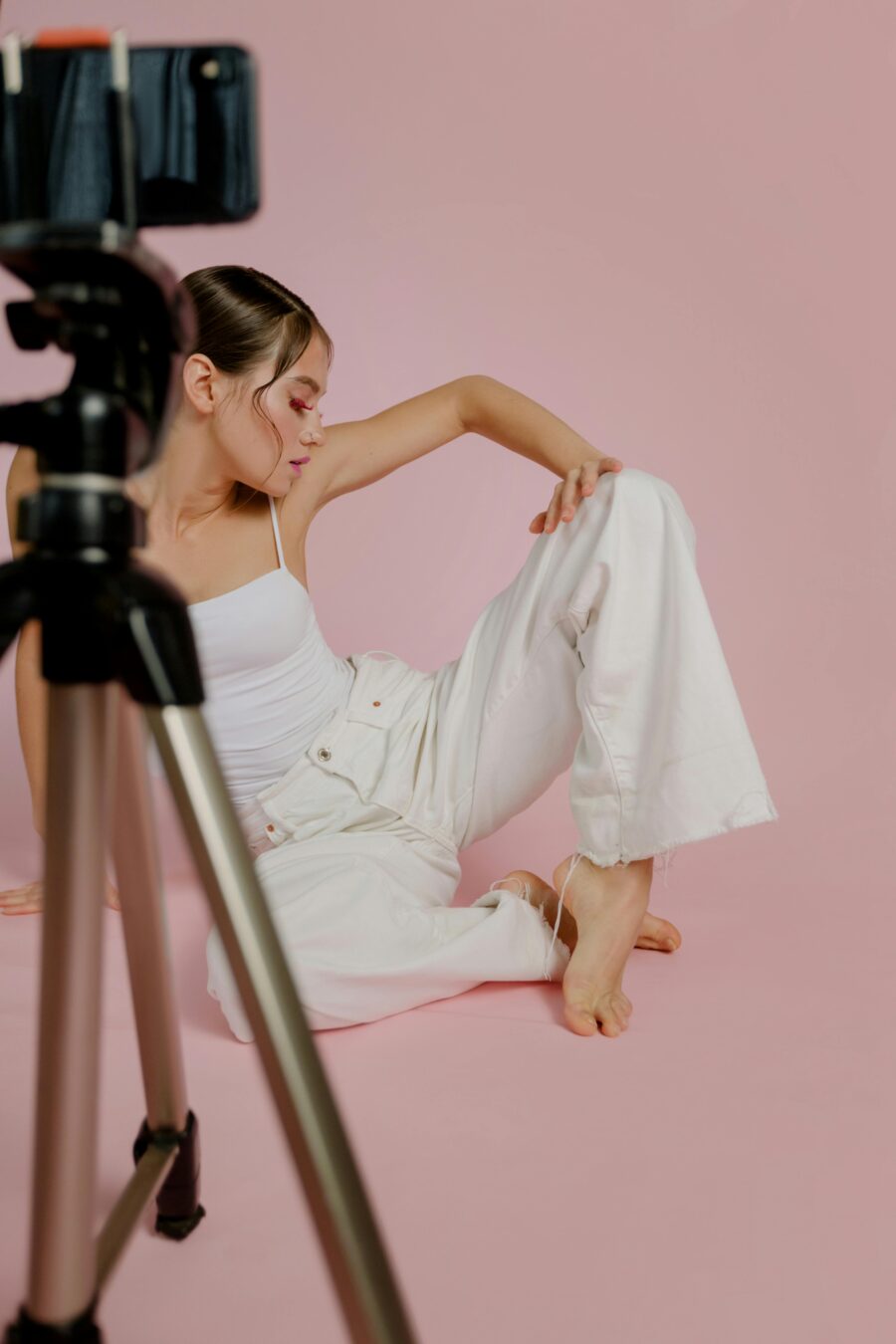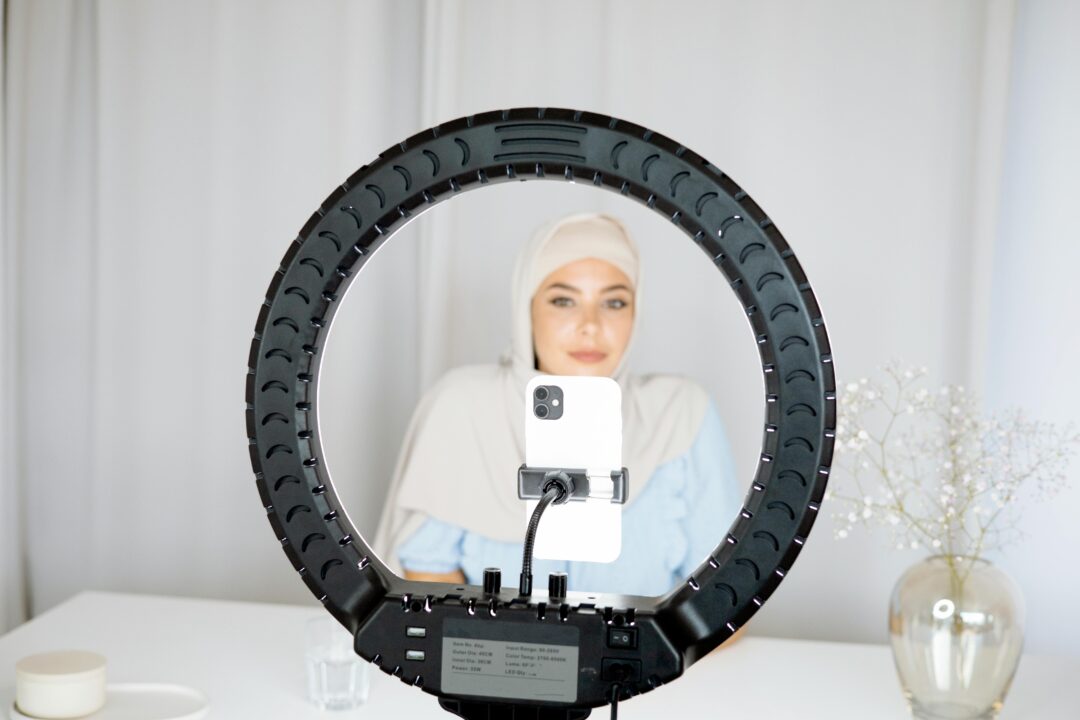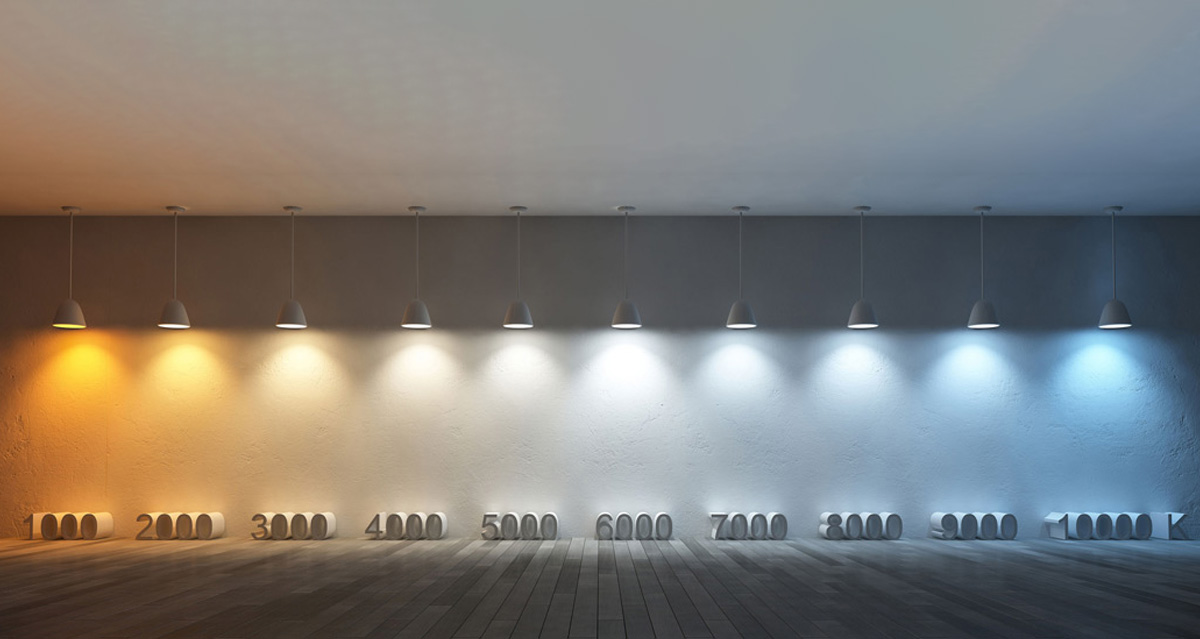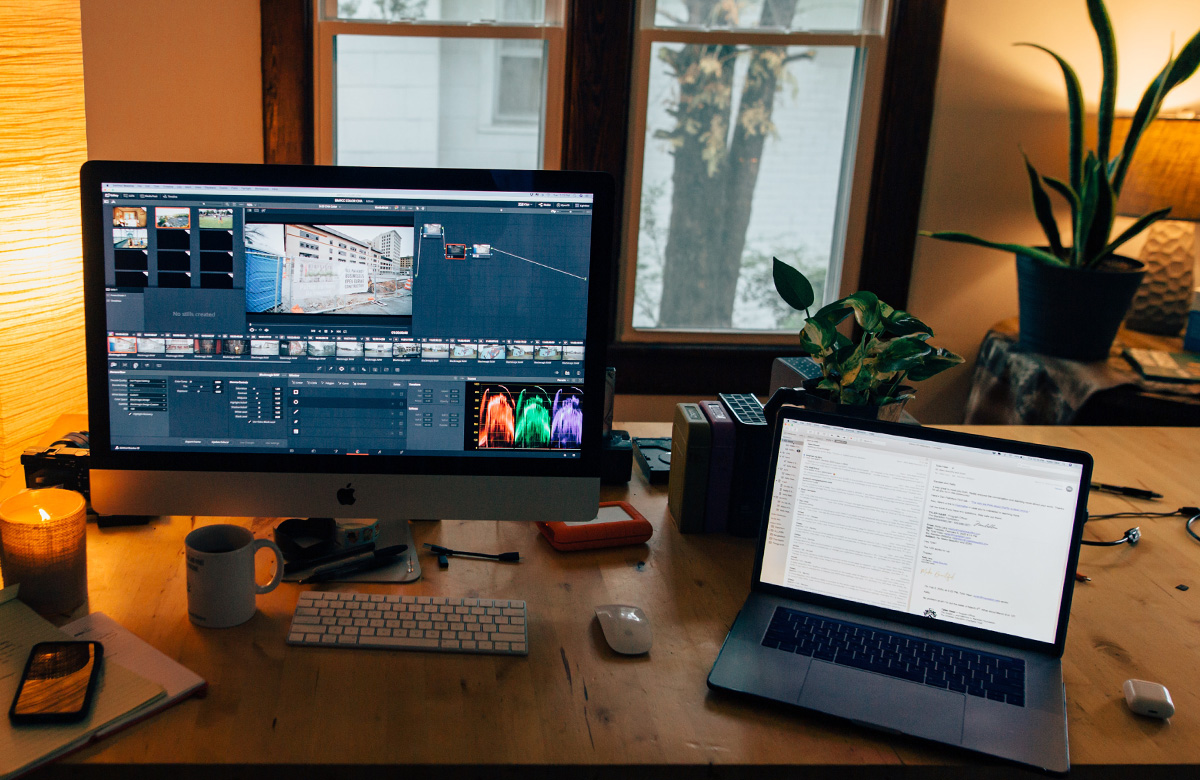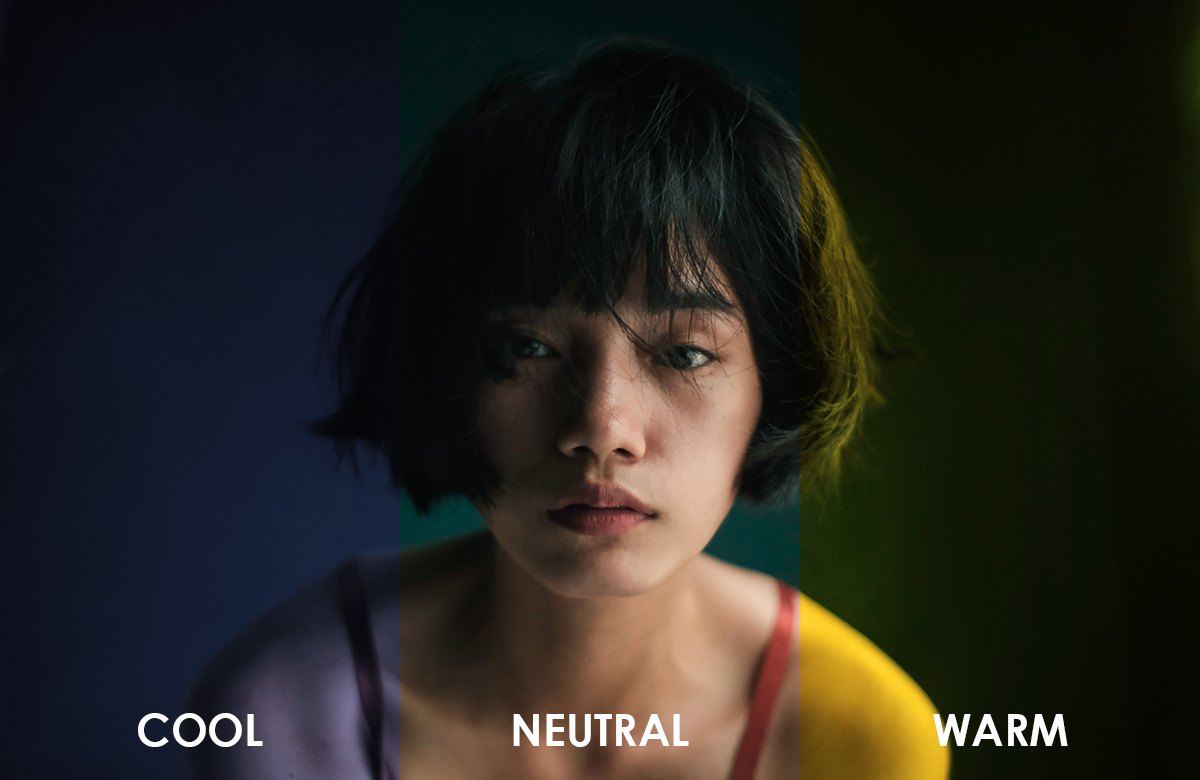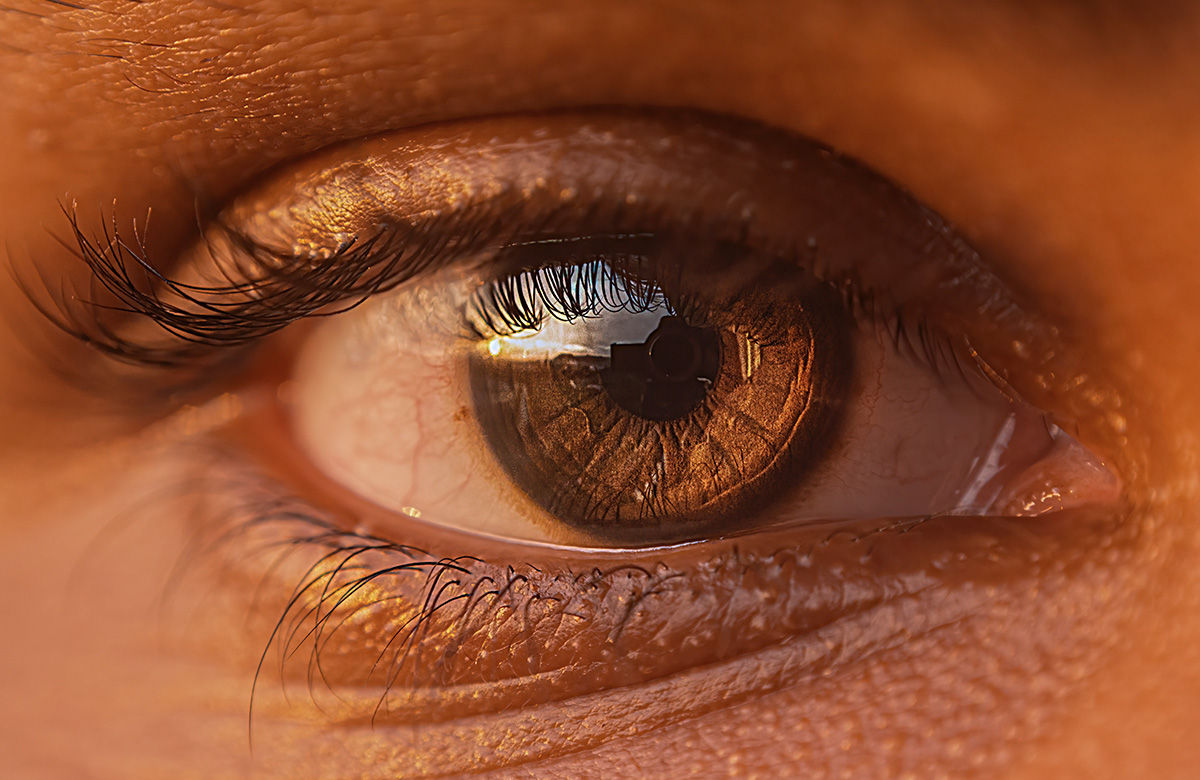Why is a camera light so important? Because as a photographer, you must know that lighting makes or breaks a photo. Natural light is good in theory, but in practice, it cannot be controlled or adjusted. And it is no fun to play with. Strobe or continuous lighting for your camera is essential to getting the amazing effects you desire.
Choosing the best camera light for you might be difficult because so many alternatives are available. Brands like Godox, Nanlite, Aputure, AriesX, Profoto, Elinchrom, Broncolor – there are so many brands available to choose from. But your first priority has to be quality, not brand name. This blog will cover the features and specifications to consider when choosing your first camera light.
Before getting into the specifics, it’s crucial to keep in mind that quality comes over quantity. Invest in the highest-quality lighting you can afford, even if that means starting with only one. Before making a purchase, you should check the reviews, check out YouTube tutorials and if possible, visit a store to get a better idea. You can consider your lighting to be just as important as your camera and lenses in terms of your photographic equipment.
The first thing to consider – Your camera light’s power.
The first thing to think about is how much power your camera lights will require. Options range from inexpensive 100W fill lights to potent 6000W capable heads with independent power packs. A unit in the 500W to 1000W range is a good place to start. It is preferable to have more power than less because there are always methods to dilute a light source, but producing more light can be difficult. Make sure the model you select allows for precise output control so you can adjust the light output for a certain exposure.
Check out some options here: AriesX Xpress 600 & AriesX Xpro 600
What features does your camera light need to have?
The speed of your camera lights is vital if you intend to record motion or work with moving subjects. Because you are capturing quick motion, your light needs to be quick too. It is best to reduce the amount of time between successive flashes. And look for lights with quick recycle cycles. Several manufacturers have distinct modes, such as “Speed Mode,” “Freeze Mode,” or “Quick Mode,”. These shorten the duration and output to improve recycling time. In addition, High-Speed Sync (HSS), which enables you to sync your camera with the lights at greater shutter rates even in brilliant lighting settings is what you need for dealing with fast-moving objects.
Embrace the freedom of battery-powered lights
Hey there, are you tired of being tied down to your studio? And constantly stumbling over cords during your shoots? If you answered “yes” to either of these questions, then a battery-powered camera light is the way to go! It’s a total game-changer, giving you the freedom to take your lighting wherever your creativity leads you.
Now, don’t worry if you intend to shoot for a lengthy amount of time away from outlets. Just be certain to pick a camera light with a lengthy battery life, or better yet, grab some extra batteries. You don’t want to be that photographer who has to interrupt their shoot to wait for the batteries to recharge. Similar to controlling your camera equipment, being ready guarantees that you can continue to record those unforgettable moments without skipping a beat.
Therefore, venture out, explore, and never allow your lighting to stop you. Accept the convenience of a battery-operated camera light, and watch as your imagination soars to entirely new levels!
The AriesX Xpro 600 is one such light that offers you an insane amount of features. And lets you move around with endless freedom.
What is the best communication method for your camera?
You’ll need a form of communication between your camera and light in order to set off your camera lights while taking an exposure. Radio, optical, or cable connections are some of the popular options. Because they don’t require tangled cords and provide a dependable connection, radio transmitters have grown in popularity. Even smartphone applications like the Godox Light app can be used to control certain lights. TTL (Through-The-Lens) metering and other features are frequently added to manufacturer-specific remotes that are specifically designed for certain camera brands.
Don’t forget to buy the trigger for your camera.
The Advantages of LED in your camera light.
When you use modelling lights in your camera, you can see in advance how the light will affect your photo. When necessary, they can also act as a constant source of light. LEDs are replacing tungsten modelling lights because they give off less heat. And in certain circumstances, the ability to regulate colour temperature.
When working with your camera lights, think about making an investment in a reliable light metre that can assist you in balancing exposures. Make sure the light metre can efficiently turn on your lights. And use modifiers to alter and shape the light for more creative results. Common dispersion techniques include the use of umbrellas and softboxes. Besides, reflectors and beauty dishes offer harsher light for more contrast. And you can use gels to alter the colour of your light.
The AriesX Xtreme Series, both Xtreme 120 and Xtreme 240 have a modelling lamp that you can even use to shoot videos. Check them out here: https://www.youtube.com/watch?v=7FxZDgqBSM8
Finally, the biggest advice is to choose quality over number when selecting your initial camera lights. Power, speed, portability, communication choices, modelling lighting, and other accessories should all be taken into account. Making a wise choice and purchasing a high-quality camera light can help you build a solid basis for reliable results.








